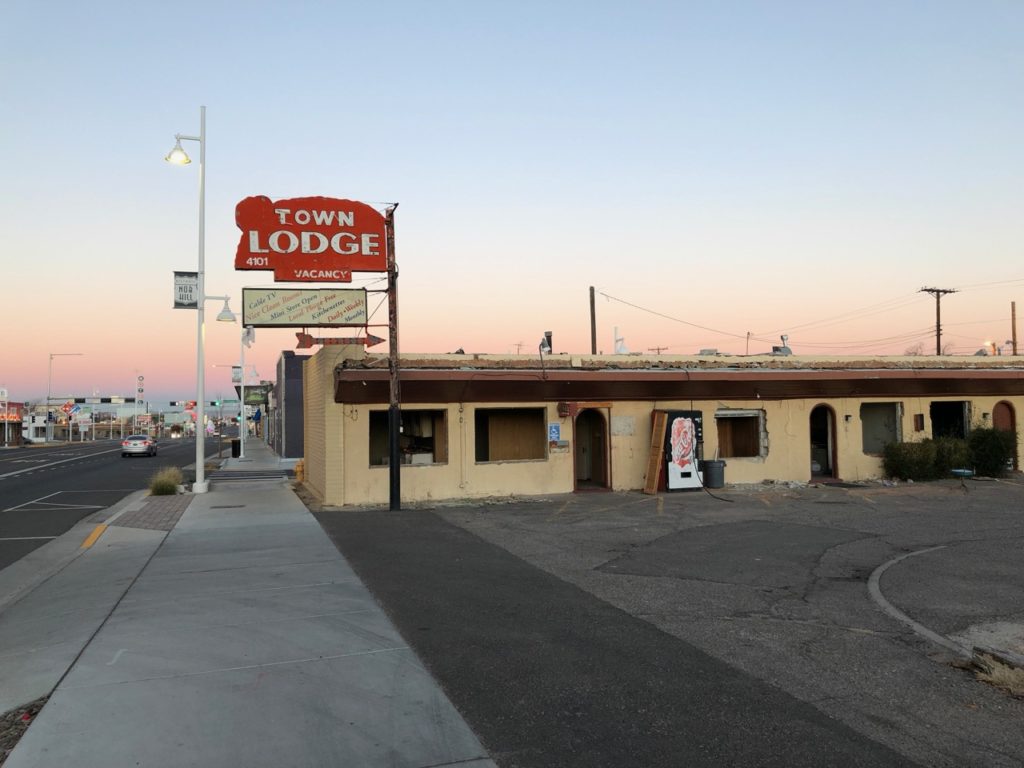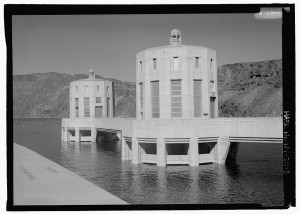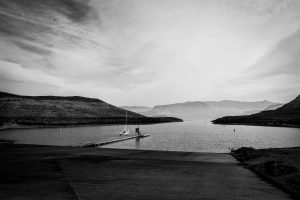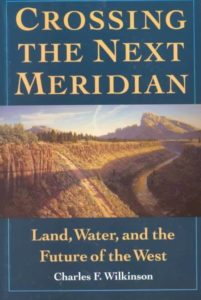Thanks, y’all, for 20 years of stopping by to read stuff here.
There’s a game we used to play back in the day called “googlewhack”. It involved searching for a two-word phrase that was unique – that had never before been catalogued in Google’s even-then-vast archive of humanity’s digital use of written language. We’d stick it in a blog post, claiming the phrase, and revel in the strange wonder of the diversity of language.
Thus it was that in late 2003, I came to own “orbitally aardvark”. Remarkably, I still do. Perhaps not so remarkably? It’s admittedly hard to imagine a sentence in which the phrase might do actual useful work.
On the occasion of Inkstain’s 20th birthday – Rob Browman and I registered the domain name, according to ICANN records, on Nov. 18, 1998 – we’ve been waxing nostalgic.
Rob, always the photographer even as his skills have wandered through the evolving communication technologies of the last few decades, found a wonderful picture of the Albuquerque Journal’s web team from around that time. On film.
It was a crazy wonderful time of experimentation, naive optimism with little adult supervision. We went all in on the 50th anniversary of the Roswell Incident, and Donn has lovingly curated the Comet Hale-Bopp page through all the server moves that have followed.
Inkstain was nothing more than a little side project then, a spare Unix box wired up to a fledgling Internet so we could experiment, mostly writing bad Perl code, one further step removed from adult supervision. Once we got the domain name registered, we compiled an Apache web server, and Inkstain.net was born.
Its name came from our profession. We were inkstained wretches, passionate about the task of, and opportunity presented by, the privilege of newspapering. We were on fire with the wonderful new opportunities the Internet offered for us to communicate with new people in new ways.
Most of what we did happened on the Journal’s web site – my first blog, Roswell, Comet Hale-Bopp, the news. But we didn’t really want to prank, at least not too much, on the Journal’s production server.
The first prank happened the day after we got the web server up and running. Within minutes, we started getting traffic. Puzzled, we looked at our newfangled logs, learned how to read the “http referer”, and found incoming traffic from Spanish Altavista. (Altavista was a “search engine”.) A bit more sleuthing, and we found that prior to our claiming it, the domain name “inkstain.net” had been registered to a porn site.
This seemed, to us, an opportunity. Audience! Rather than giving the disappointed wankers a standard “404” error page, we offered this. It doesn’t seem to fully work any more – the NSA has changed its web address, I think. But in its day, as our first Internet prank, it seemed a doorway to something special.
Thus began a pattern. The serious newsy experimentation happened on the Journal’s web site, while we played on Inkstain. Scott Smallwood, now at the Chronicle of Higher Education, built a web site devoted to narrative journalism. Rob and others began building photo sites, stuff done outside their journalism work. And in the spring of 2003, I started writing this blog.
I’d already been blogging in several other places and ways. But each of them fell under someone else’s intellectual architecture. As I explained in the first post, I wanted something that was all mine:
By no longer hiding behind the skirts of an existing publisher, I lose built-in audiences, but that seems fine. I’ll still do the other blogs when my whim suits their audience (and in the case of ABQJournal, I get paid for that, which still amazes me). But if Tim Berners-Lee’s original idea of the web as a medium for both reading and writing has any meaning at all, this is it, so my Inkstain web site must reflect that.
By that point in my life, I’d already been typing strings of words professionally for more than 20 years. But it was here, beyond the constraints of any particular publisher or platform or audience, that in partnership with you I found my own voice.
It was here, ten years ago next month, that I began chronicling the decline of the inkstained wretches. There is irony here that needs no further comment, but it was with those “elephant diaries” that I finally felt like I had found a voice that was fully mine.
I also wrote what I judge my finest post:
It is frequently suggested that there are important parallels between the changing business models of the news and music industries, and that there is much we can learn from one another.
I am currently brainstorming ways to get someone to pay me to perform journalism in bars.
I turned my attention to water, something I’d been fascinated with since the beginnings of my journalistic career. Here on Inkstain I could write about it loudly and often, sketching out the ideas that led to a book, which led to a position on the faculty of the University of New Mexico standing before students yammering about water, which it occurs to me is not that far from my suggested business model of performing journalism in bars.
None of this would have worked without you. A writer without readers is, if not nothing, at the very least something very different than what I would be.
So, with this, my 5,767th Inkstain post, I offer my thanks.





